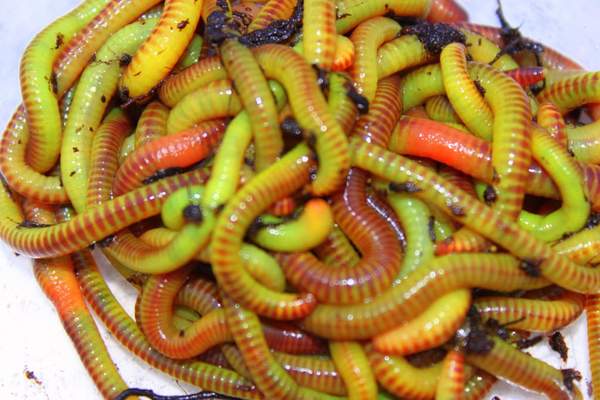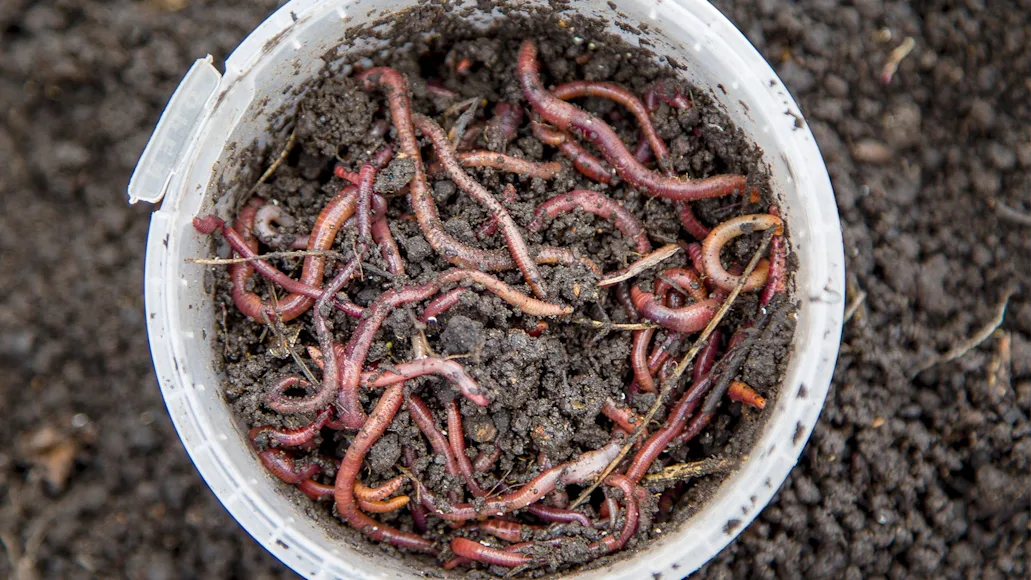7 Simple Techniques For Where To Find Red Wigglers
7 Simple Techniques For Where To Find Red Wigglers
Blog Article
Where To Find Red Wigglers - Truths
Table of ContentsMore About Where To Find Red WigglersWhere To Find Red Wigglers for BeginnersThe Best Strategy To Use For Where To Find Red WigglersSome Known Facts About Where To Find Red Wigglers.Everything about Where To Find Red WigglersSome Known Questions About Where To Find Red Wigglers.
For ideal results, you wish to strive regarding 60-70% wetness degree. The most basic test for this is to press a handful as difficult as you can. At the best dampness degrees which is just under 70% that handful ought to hardly produce one decline of liquid. pH in a worm bin is quite easy to keep.
The Indian Blue is voracious, however additionally likes a warmer environment and it likewise exhibits a tendency to get away the container. The red wiggler is a hardy worm and isn't as particular concerning its environment. I like to call it the Ford Taurus of vermicomposting worms; you won't boast to your hardcore composting pals that you possess them, yet they will certainly serve you well.
As Faucet showed, a fishermen can do a great bargain to make a worm much more attractive.
The Of Where To Find Red Wigglers
I think you will also if you attempt them. The smaller the trout stream, the better worms work is an axiom that hasn't transformed in the 100-plus years since Perry wrote his post. Fishermens of his period simply stuck their rickety fishing pole via alder tangles and dropped a heavy worm right into a deep opening.
Early morning is prime feeding time, and the insubstantial lure's slow descent leaves 5 inches of wriggling protein completely sight for quite a while. After you have actually made the actors, maintain the bond open and put the pole in a forked stick. The line will certainly drop off the pole in sluggish loops as the worm clears up, yet more often than not the slow-moving loops will certainly become a blur, and the morning will instantly obtain instead fascinating.
I usually utilize a whole 'crawler, favor marabou clothing, and go down the rod for two or three seconds when I obtain a hit.
If it's there, established the hook with a sweep instead than a jerk. As soon as in a while you'll locate on your own hooked to those slow-moving, passionate pulls, and really feel the weight of a great walleye.
Some Known Factual Statements About Where To Find Red Wigglers
When the heavy walleyes go on to the big-water shoals in the late summer, try pursuing them with a bucktail jig and a 1-inch pinch of nightcrawler. The lure covers the hook factor, deflects weeds, and provides a taste of victim. With nothing dangling or flapping, it stays secure despite current, casts, or ambitious panfish.
Whether you're wading or angling from a boat, drifting worms is one of the wonderful browsing techniques for larger rivers. For trout, a spade-dug, 4-inch garden worm is the best size; for bass, walleyes, and steelhead, a nightcrawler may be a better choice. The secret is to drift the bait via feeding and holding areas because fish in existing are not mosting likely to ferret out the bait, as they may in still water.
Strikes will certainly come as a sharp tug instead of a pull or rap. Fish the changes: mouths of tributaries, bank-side slicks, and the edges of big pools. As the late Ed Zern, Area & Stream's great satirist, as soon as placed it: Anglers are birthed honest yet they overcome it. His adage puts on any type of number of angling maneuvers, including the matter of including a piece of worm to a wet fly.

Where To Find Red Wigglers for Dummies
Include a few go to this site hundred worms and feed them two times a week. Maintain the bed linens wet but not wet. On the menu: lettuce, fruit and veggie waste, and the occasional nongreasy surplus.
Simply like veggie scraps, you can take your utilized coffee premises and add them to a worm box. Worms love consuming coffee grounds. With the right problems and wet, healthy soil, worms can reside in a pail of dirt for around three weeks. Store out of direct sunlight and keep at a temperature level in between 50 and 80 levels.
When the heavy walleyes proceed to the big-water shoals in the late summertime, attempt going after them with a bucktail jig and a 1-inch pinch of nightcrawler. The lure covers the hook point, deflects weeds, and uses a taste of target. With absolutely nothing dangling or waving, it stays safe no matter current, casts, or enthusiastic panfish.
Facts About Where To Find Red Wigglers Uncovered
Whether you're wading or angling from a watercraft, drifting worms is among the fantastic searching methods for larger rivers. Where To Find Red Wigglers. For trout, a spade-dug, 4-inch garden worm is the Website appropriate dimension; for bass, walleyes, and steelhead, a nightcrawler might be a better option. The trick is to drift the lure through feeding and holding areas because fish in existing are not going to go after down the lure, as they might in still water
Strikes will come as a sharp tug rather than a pull or rap. Fish the transitions: mouths of tributaries, bank-side slicks, and the edges of big pools. As the late Ed Zern, Field & Stream's excellent humorist, when placed it: Anglers are birthed honest however they get over it. His rule puts on any number of angling maneuvers, consisting of the matter of including an item of worm to a damp fly.
But elevating your very own lure implies you can slide out of your house and hit the pond prior to Mama comes homejust like in the old days. Below's how to keep a worm box: Cut a sheet of CDX-grade plywood, which is made with water-resistant adhesives, to your dimensions. Nail it together and pierce a dozen 12-inch openings in all-time low for drainage.
Little Known Facts About Where To Find Red Wigglers.
Fill it with shredded newspaper, leaves, peat moss, and soil. Moisten gently. Cover and allow rest for a week. Include a few hundred worms and feed them two times a week. anonymous Maintain the bedding wet but not damp. On the menu: lettuce, vegetables and fruit waste, and the periodic nongreasy surplus.
Simply like veggie scraps, you can take your utilized coffee grounds and include them to a worm box. Worms love eating coffee premises.
Report this page